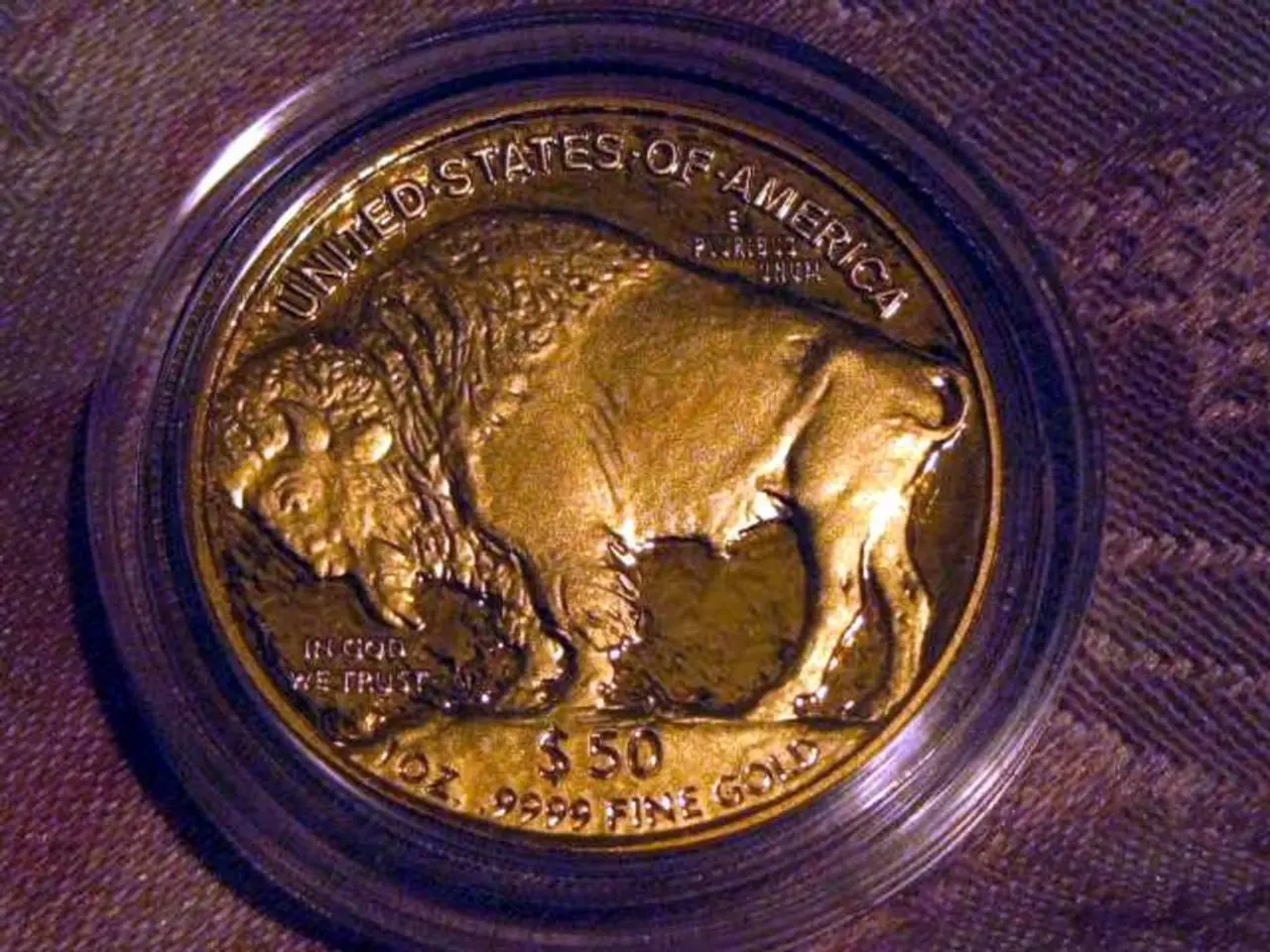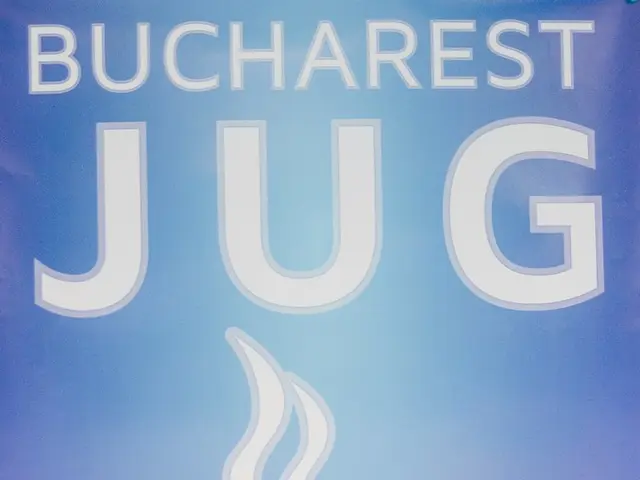Major financial institutions JPMorgan Chase, Bank of America, and Citigroup are planning to launch a collaboration for a stablecoin backed by the US dollar.
In a significant development for the blockchain industry, the Trump family's dollar-backed stablecoin, USD1, has surged to prominence, highlighting the growing role of blockchain in reshaping digital payments. The venture, launched by the Trump family's World Liberty Financial, aims to compete in the $245 billion stablecoin market, currently dominated by Circle's USDC and Tether's USDT.
The success of USD1 is evident in its impressive market cap, which has grown to $2.14 billion, ranking it as the second-largest stablecoin on the BNB Chain after USDT. However, the rise of USD1 has raised ethical concerns, as the Trump family holds a 60% stake in World Liberty Financial.
Critics have compared stablecoins like USD1 to volatile money-market funds, expressing concerns about potential financial stability risks. Senator Elizabeth Warren has voiced her concerns that USD1's rise, fueled by foreign investments like the UAE deal, risks corruption.
The progress of USD1 and other stablecoin ventures depends on navigating ethical concerns and regulatory hurdles. In the U.S., the focus is on the GENIUS Act, which recently cleared a Senate procedural vote with bipartisan support. The Act requires stablecoins to be 1:1 backed by liquid reserves, addressing regulatory concerns like anti-money laundering and consumer protections.
Meanwhile, major U.S. banks are also exploring a collaborative stablecoin initiative. Banks such as JPMorgan Chase, Bank of America, Citigroup, and Wells Fargo are involved in discussions, with payment firms like Early Warning Services (Zelle's operator) and The Clearing House, co-owned by the banks, also participating.
The banks' consortium model could enable broader participation from other financial institutions, enhancing the stablecoin's reach. A Fireblocks survey notes that 58% of traditional banks already use stablecoins for payments, reflecting institutional adoption.
Stablecoins, pegged to the U.S. dollar, offer fast, low-cost cross-border transfers, making them attractive for global finance. USD1 has integrated with Chainlink for multi-chain transfers, enhancing its utility. A significant boost to USD1 came from a $2 billion investment by Abu Dhabi's MGX fund to acquire a stake in Binance using USD1.
The rise of USD1 and the banks' stablecoin venture reflect the U.S.'s ambition to shape the future of digital finance. As the world moves towards a more digital economy, the role of stablecoins like USD1 could become increasingly significant. However, it is crucial that these developments are guided by ethical considerations and robust regulatory frameworks to ensure financial stability and consumer protection.
Read also:
- Electric-powered vessels take to the waters of Maine
- Elon Musk accused by Sam Altman of exploiting X for personal gain
- Comparing the value of top electric scooters: Kinetic DX versus Bajaj Chetak versus TVS iQube - Which one offers the best bang for the buck?
- American Eagle's risque promotional effort featuring Sydney Sweeney leads to the brand being categorized as a 'trendy stock' among teenagers.







